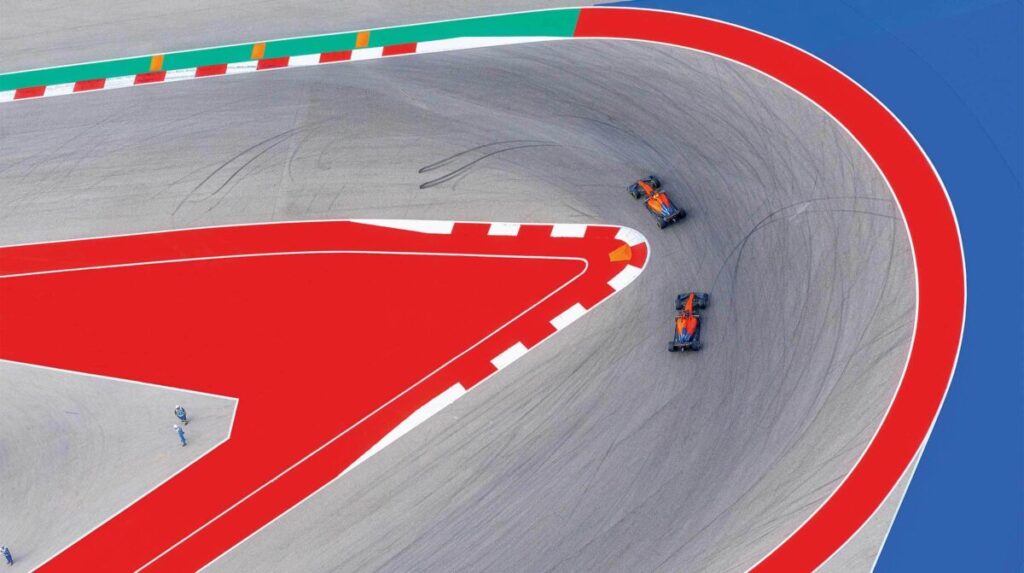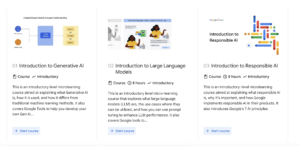As people develop competence in a new domain of expertise, they move along an S Curve: Growth is slow and effortful at the outset, or launch point. It then progresses rapidly as people acquire new skills in a stretch known as the sweet spot. At the peak is mastery, when work becomes easier but the curve flattens. Understanding where your employees are on this S Curve of Learning will help you coach them appropriately, craft thoughtful succession plans, and build a team with diverse but complementary strengths.
The S Curve is a tool that smart managers use to launch conversations with their reports and create tailored development plans for them. It reveals when people are ready for bigger challenges—something that’s especially critical if they’re in mastery, which may mean they’re getting restless and need to jump to a new S Curve. Often the employees don’t even realize they’re ready to take the leap, but their managers push them anyway.
When that happens, it’s key to surround an employee with the right supporting team. A good team will include members from all phases of the curve, who can contribute diverse perspectives and skills.
Nearly a decade ago I realized that the S Curve could be a powerful career-management tool. Popularized by Everett M. Rogers, who used it to show how new ideas and technologies spread, it also describes the trajectory that people move along as they develop competence in a new domain of expertise. I call it the S Curve of Learning. Growth is slow and effortful at the outset, known as the launch point. That phase is followed by rapid upward progress as people acquire new skills and overcome setbacks: a stretch I think of as the sweet spot. At the peak is mastery—when work becomes easier, but the curve flattens because there is little left to learn. When that happens it’s time to jump to the bottom of a new S Curve, put in the effort, and experience the thrill of climbing again.



